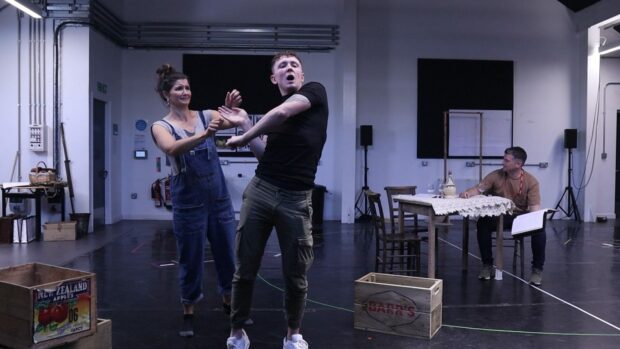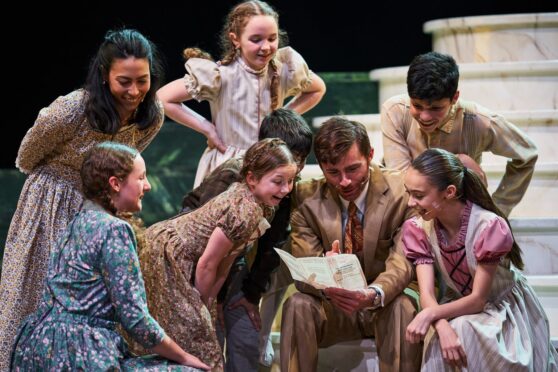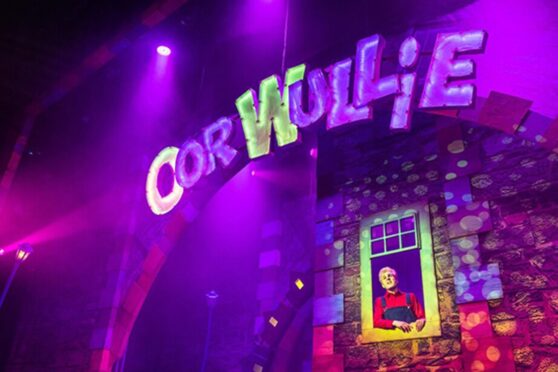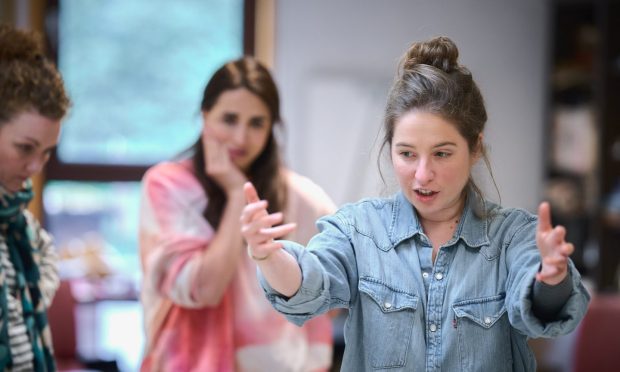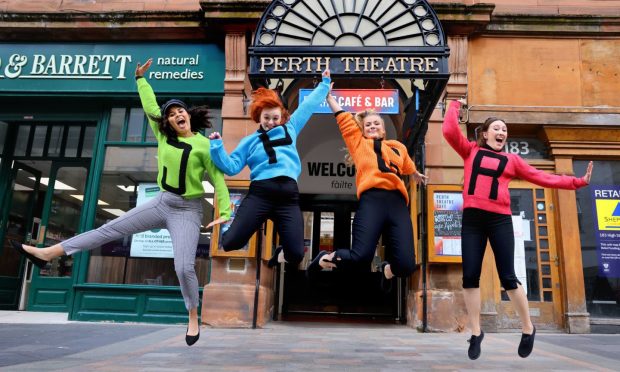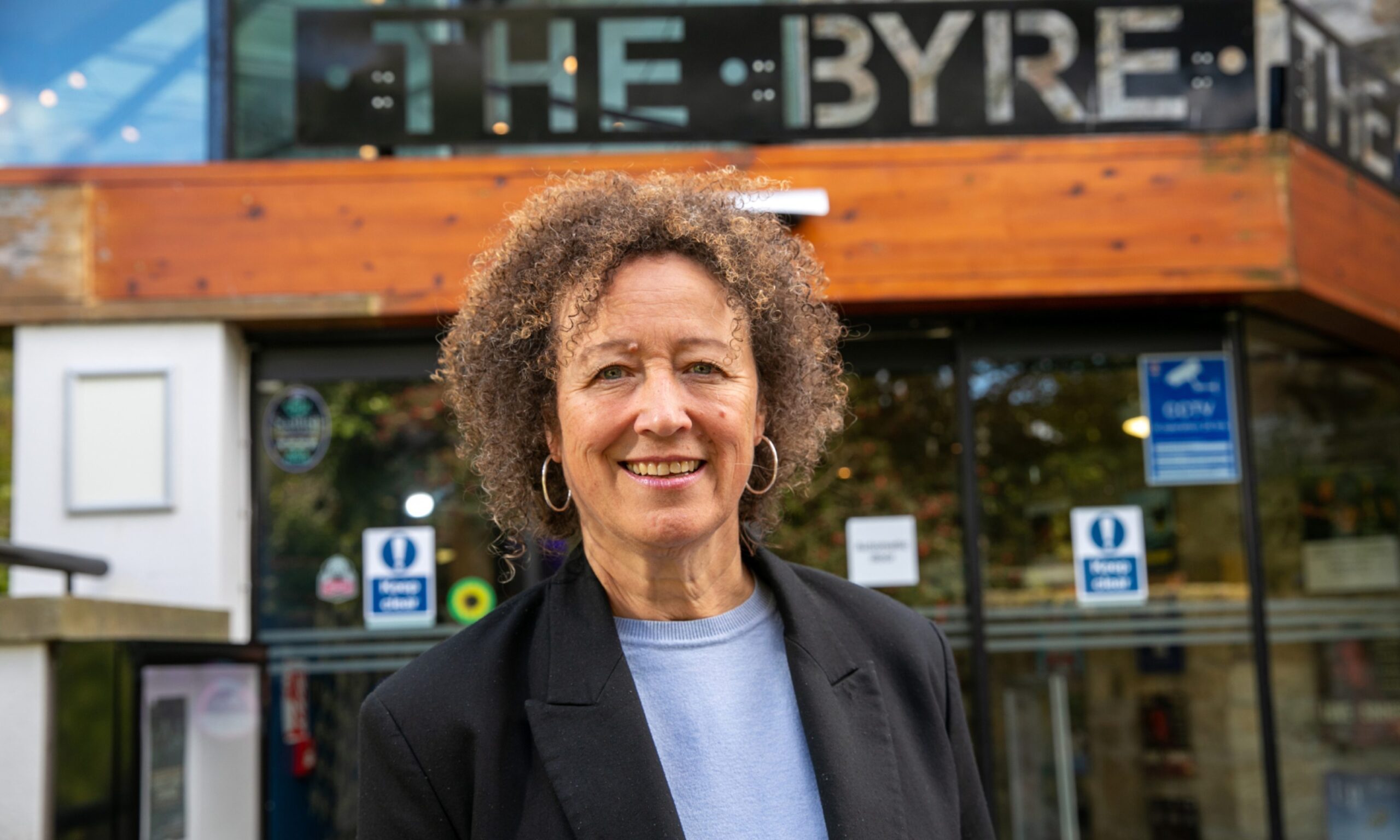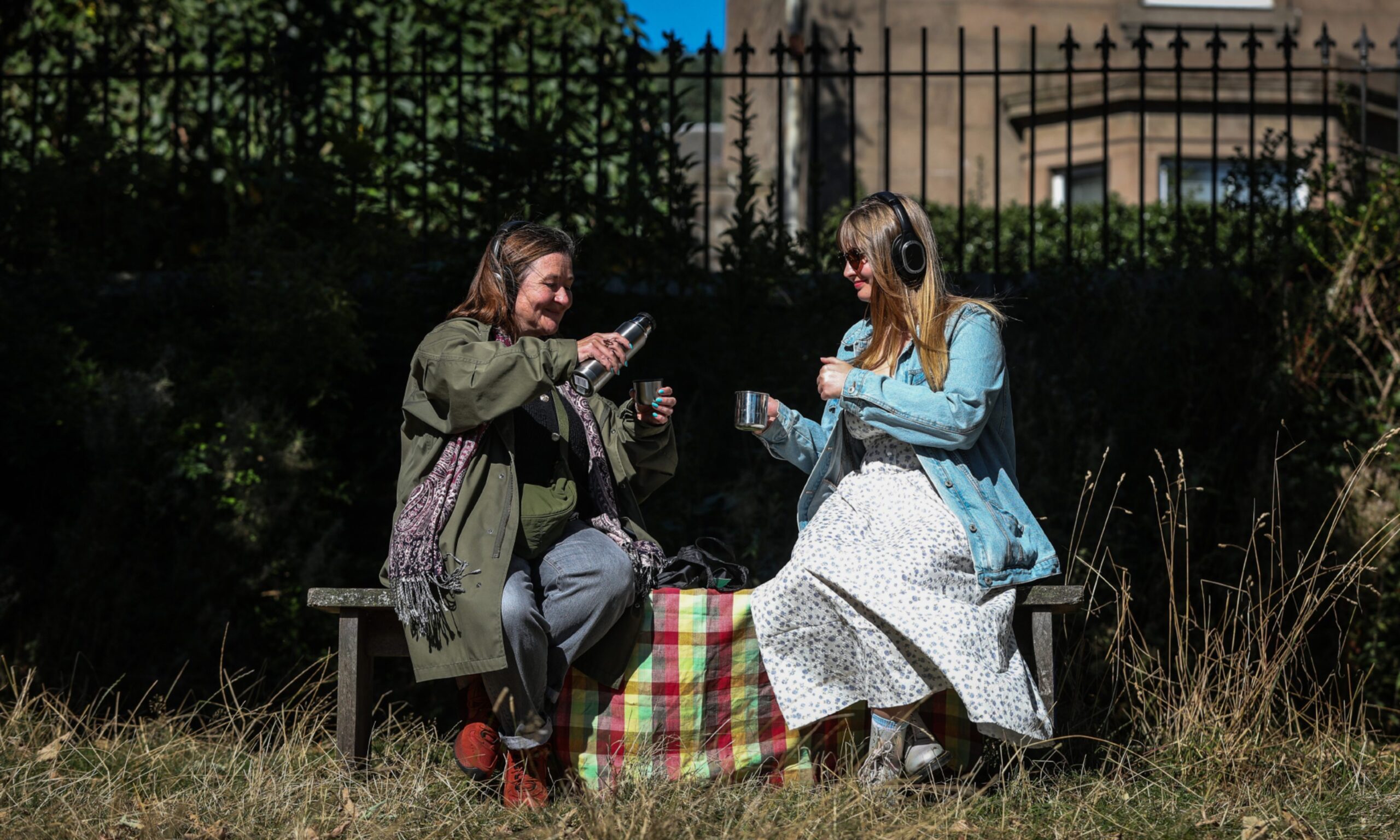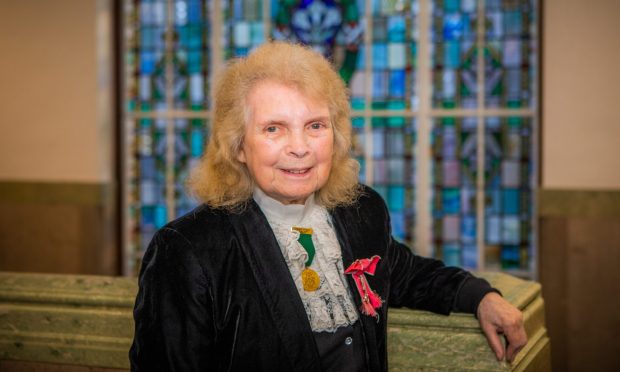“One hundred years ago my father came to Scotland with his family,” says playwright Ann Marie Di Mambro.
Her 1990 generational play about an Italian-Scots migrant family Tally’s Blood is revived at Perth Theatre this week, 20 years after it was last seen onstage at the Byre in St Andrews.
“I grew up in the same Scottish-Italian background as I’ve given the characters in the play,” she continues.
“My father made ice cream, my mother’s father and my father’s father both had cafes. This is my life, I know it inside out.”
Her reason for writing the play, says 73-year-old Di Mambro, was the late Scottish theatre director Bill Bryden, who was head of drama at BBC Scotland at the time.
“He kept saying to me, you should be writing about what you know,” she says. “Write about your childhood.
“I was writer-in-residence at the Traverse Theatre in Edinburgh at the time, and when I started it I thought, gosh, Bill was right. I know this world so well.”
Discrimination ‘was my parents’ experience’
Tally’s Blood is a star-crossed romance between the children of an Italian-Scots and Irish-Scots family, both groups of migrants who largely arrived in Scotland to escape poverty.
While proximity was obviously a factor for Irish immigrants, Di Mambro is unsure why some Italians chose Scotland to settle.
People from the south of Italy were going everywhere – northern Italy, France, England, the USA – and she speculates it would have taken just a small ‘vanguard’ to arrive in Scotland, before friends and family decided to join them.
While Italian-Scots are settled in the country now, she also used her play to explore attitudes during the Second World War, when Italy joined forces with Nazi Germany and suspicion and discrimination against Italians became rife in the UK.
“That was my parents’ experience,” she says. “First of all, Italians were attacked by local people, their shops or cafes were looted, and then they were interned. My father was interned in Canada for four years.
“They had a really bad time, and it surprises me that so many people aren’t aware of this. I had to tell that story, because it was a really important one to my family.
“I also remembered what it was like growing up in a Scottish-Italian family and being told, as the main character in the play tells her niece, you’re different from the Scottish people, and not being allowed to integrate as fully as I would have liked.
“There may be resonances for some other cultures there, that clash between keeping your own culture alive for your family, but also letting them integrate into the society you’ve chosen to live in.”
“It’s a bit of social history in the guise of a romantic comedy,” says director Ken Alexander, who saw the play the first time round, and directed it at the Byre in 2003; he and Di Mambro have been trying to restage it for several years.
“What I like most about it is, it’s got a huge heart. It goes through a massive sweep of story, because it takes place over twenty years.”
Not ‘just chip shops and ice cream’
Alexander’s pleased to have two actors with Italian heritage in the cast. Chiara Sparkes plays Lucia, the daughter – a role taken by Blythe Duff in the original – while Carmen Pieraccini (who formerly played Kelly-Marie on River City) is family matriarch Rosinella.
“Hopefully that brings a new level of authenticity to the production,” he says.
The first time Tally’s Blood was staged, says Di Mambro, no-one understood it more than its Scottish-Italian audience, and the actors could sense their responses from the stage.
“You no longer think of just chip shops and ice cream when you think of Italians, or I hope not,” she says.
“You think of people like Nicola Benedetti and the fabulous contribution Italians have made to Scottish culture. Italians have had a really interesting and successful journey, and I think we’ve arrived to take our place in all levels of society. I hope my play’s telling that story, as well.
“Of everything I’ve written, and I’ve had a long playwrighting career, Tally’s Blood is the absolute closest to my heart. It’s really exciting to see it get this production, I couldn’t be more delighted.”
Tally’s Blood is at Perth Theatre from Thursday 21st until Saturday 30th September, with tour dates in Kirkcaldy and Stirling.
